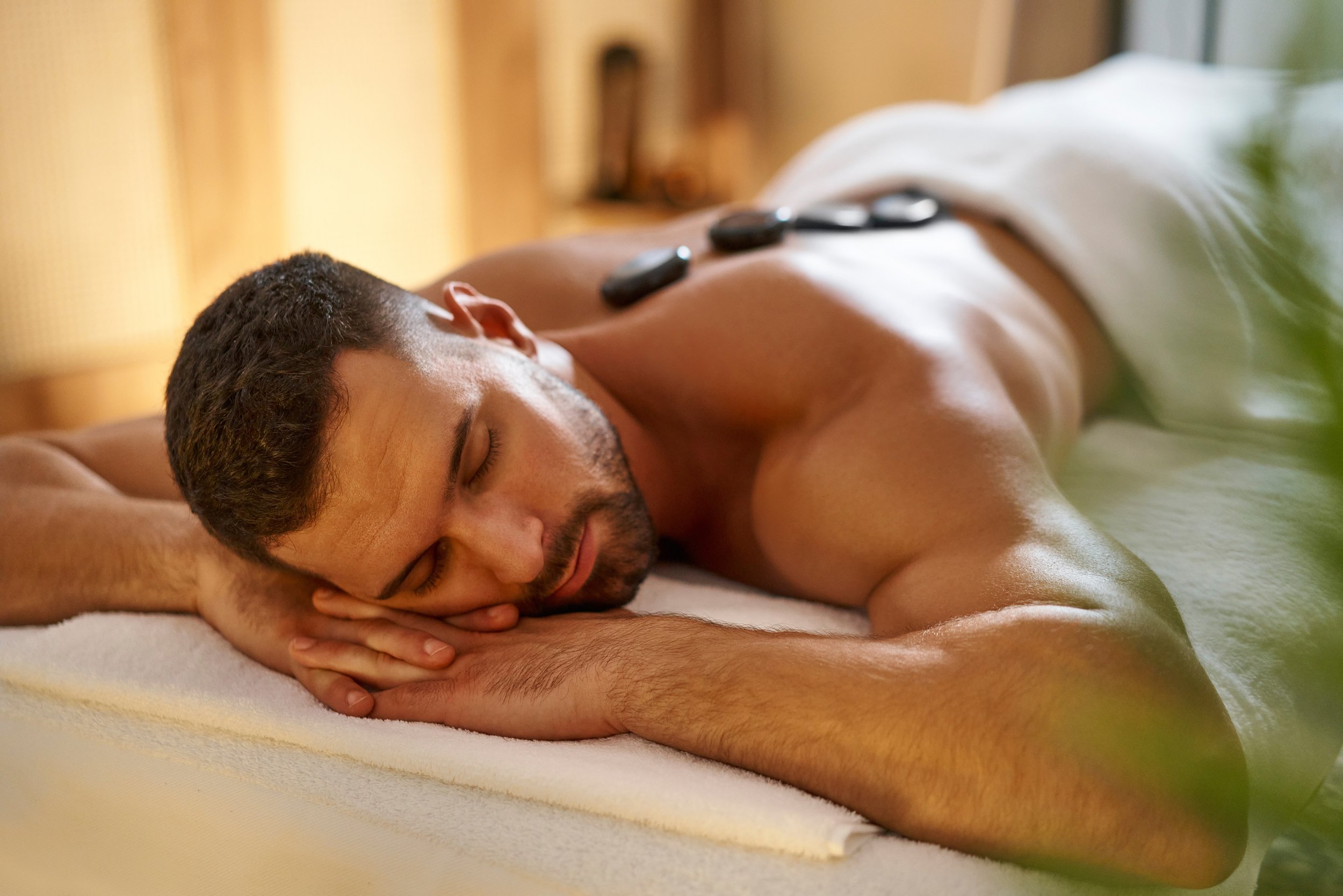
Reflexology, an ancient recovery method that has stood the test of time, remains to mesmerize the minds and soles of individuals worldwide. This alternative treatment is based upon the concept that particular factors on the ears, feet, and hands match to different organs and systems within the body. By applying stress to these factors, professionals aim to promote healing, alleviate tension, and restore equilibrium to the body.
東京 of Reflexology
While the precise beginnings of reflexology are discussed, proof suggests that comparable techniques have actually existed for hundreds of years across numerous societies. Ancient Egyptian tombs depict what seems foot massage therapies, while standard Chinese medication has actually long acknowledged the interconnectedness of different body components. The contemporary practice of reflexology, however, was developed in the early 20th century by Dr. William Fitzgerald and later improved by Eunice Ingham, usually described as the “mother of reflexology.”
How Reflexology Works
The basic concept behind reflexology is that the body is divided into 10 upright areas, each corresponding to various organs and body components. By using pressure to particular points within these zones, reflexologists think they can impact the matching locations of the body. The pointers of the toes are believed to match to the head, while the sphere of the foot is linked with the upper body and lung area.
Possible Benefits of Reflexology
Supporters of reflexology claim a vast array of advantages, consisting of:
Tension reduction and relaxation
Enhanced flow
Enhanced body immune system feature
Pain alleviation, especially for migraines and migraines
Boosted rest high quality
Reduction of digestive problems
While scientific research study on reflexology is recurring, lots of people report substantial renovations in their general wellness after receiving therapies. It’s essential to keep in mind that reflexology is normally considered a complementary therapy and ought to not change conventional treatment.
What to Expect During a Reflexology Session
A common reflexology session lasts in between 30 to 60 minutes. The reflexologist will certainly start by analyzing your feet prior to applying pressure to certain points.
Self-Reflexology Techniques
While specialist sessions can be valuable, you can likewise exercise some basic reflexology strategies in your home. Right here are a few easy exercises to attempt:
Foot rolling: Roll a tennis sphere or specialized reflexology round under your foot for a couple of minutes every day.
Thumb walking: Use your thumb to “walk” along the soles of your feet, applying pressure as you go.
Hand reflexology: Apply stress to the center of your hand utilizing your thumb from the opposite hand.
Incorporating Reflexology right into Your Wellness Routine
Just like any type of brand-new health and wellness method, it’s vital to approach reflexology with an open mind and reasonable assumptions. While it may not be a magic bullet, many locate that routine reflexology sessions or self-practice can be a beneficial addition to their overall wellness regimen. Whether you’re seeking stress and anxiety alleviation, pain administration, or just a moment of relaxation, reflexology provides an one-of-a-kind method to supporting your mind and body.
Remember, if you have any health and wellness concerns or are expecting, it’s always best to talk to your health care provider prior to beginning any type of new therapy, including reflexology. With its mild strategy and potential for advertising general well-being, reflexology remains to be a preferred selection for those seeking an all-natural, alternative method to health and wellness and health.
While the exact origins of reflexology are questioned, evidence suggests that comparable practices have actually existed for thousands of years throughout numerous societies. The contemporary method of reflexology, however, was created in the very early 20th century by Dr. William Fitzgerald and later refined by Eunice Ingham, usually referred to as the “mom of reflexology.”
The essential concept behind reflexology is that the body is split right into 10 vertical zones, each matching to various organs and body parts. As with any type of new health and wellness method, it’s important to come close to reflexology with an open mind and reasonable assumptions. Whether you’re looking for anxiety relief, discomfort monitoring, or merely a moment of leisure, reflexology uses an one-of-a-kind strategy to supporting your body and mind.
